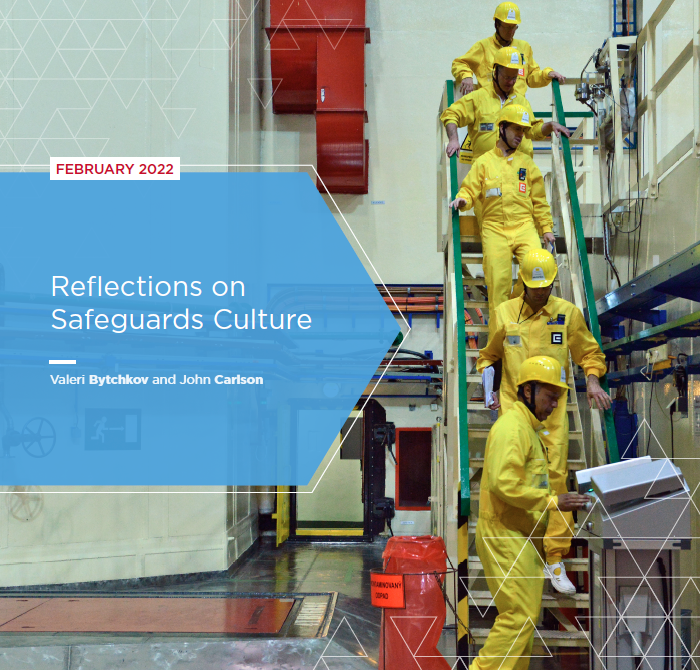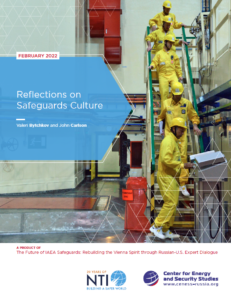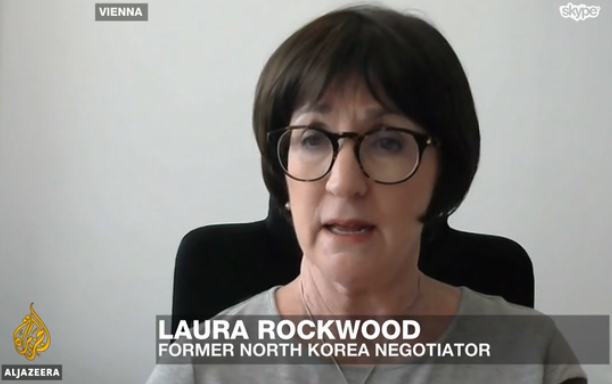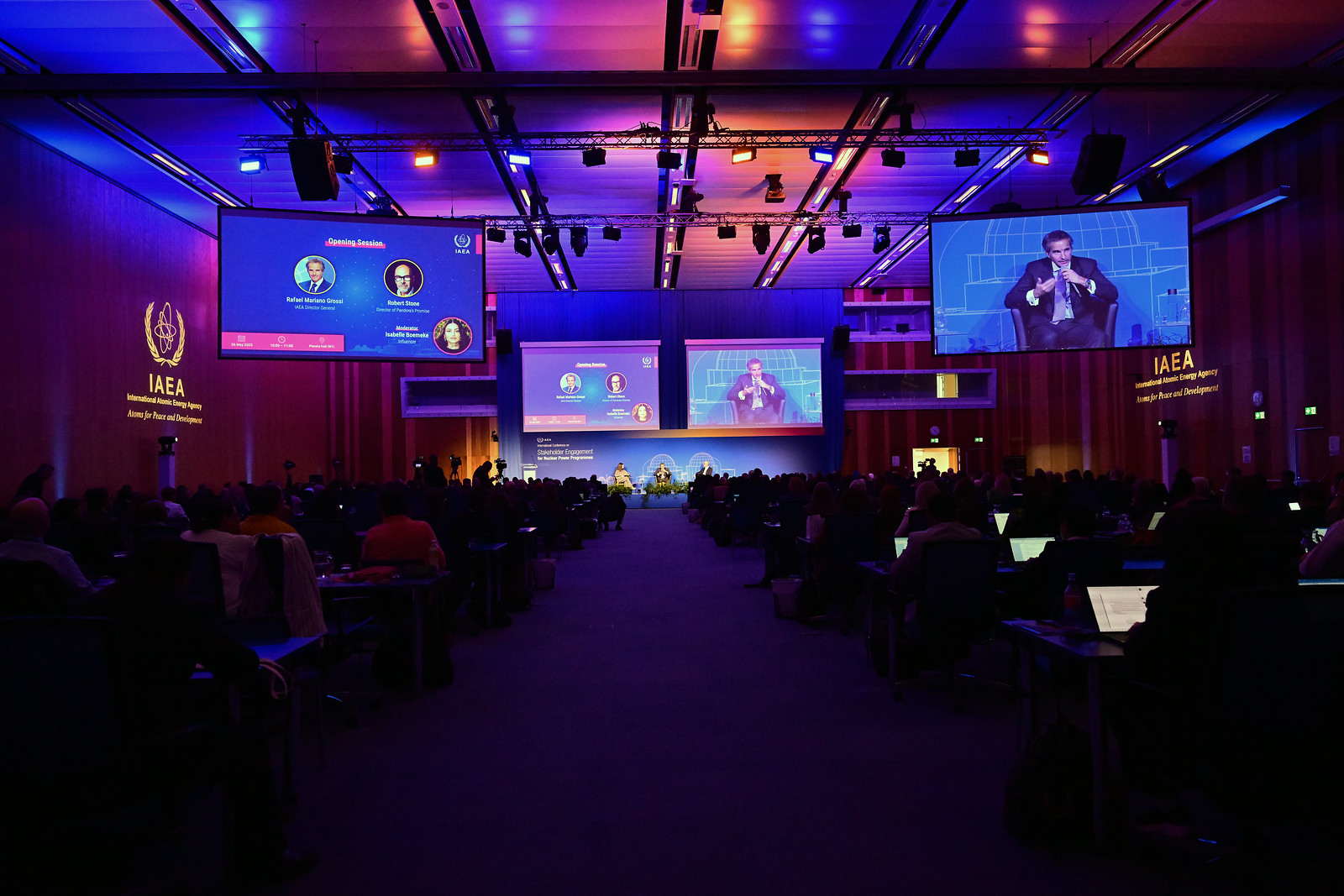
The following is an excerpt of an article written by John Carlson, Non-Resident Senior Fellow, VCDNP, and co‑author Valeri Bytchkov. The full article was published on 4 May 2022 by the Nuclear Threat Initiative (NTI) and the Center for Energy and Security Studies (CENESS).
 “The concepts of “nuclear safety culture” and “nuclear security culture” are well established in IAEA practice, but no similar terminology is used for nuclear safeguards. This paper discusses whether there is benefit in introducing the notion of safeguards culture as part of promoting safeguards principles and concepts, and integrating it into the ongoing development of safeguards among institutions, organizations, and personnel. This question is not limited to the IAEA: safeguards implementation should be approached as a collaborative effort between the IAEA, governments and national safeguards authorities, and facility operators.”
“The concepts of “nuclear safety culture” and “nuclear security culture” are well established in IAEA practice, but no similar terminology is used for nuclear safeguards. This paper discusses whether there is benefit in introducing the notion of safeguards culture as part of promoting safeguards principles and concepts, and integrating it into the ongoing development of safeguards among institutions, organizations, and personnel. This question is not limited to the IAEA: safeguards implementation should be approached as a collaborative effort between the IAEA, governments and national safeguards authorities, and facility operators.”
The paper points out that, consciously or unconsciously, safeguards culture – reflected through underlying values, attitudes and beliefs – affect the way safeguards are approached in the various organizations involved in safeguards. The paper suggests that development of a well-designed set of cultural guidelines can be expected to have a positive effect on the application and perception of safeguards within states and internationally. Characteristics of safeguards culture identified in the paper include: a shared vision to preventing nuclear weapons proliferation; a cooperative approach to advancing non‑proliferation goals; credibility and integrity in safeguards implementation; regulatory independence in the State concerned; and a proactive approach by the IAEA and Member States in fulfilling their safeguards obligations.
This was one of four papers recently produced under the NTI/CENESS project “The Future of IAEA Safeguards: Rebuilding the Vienna Spirit through Russian-U.S. Expert Dialogue.” The project yielded an initial round of papers from preeminent safeguards experts in 2020.

